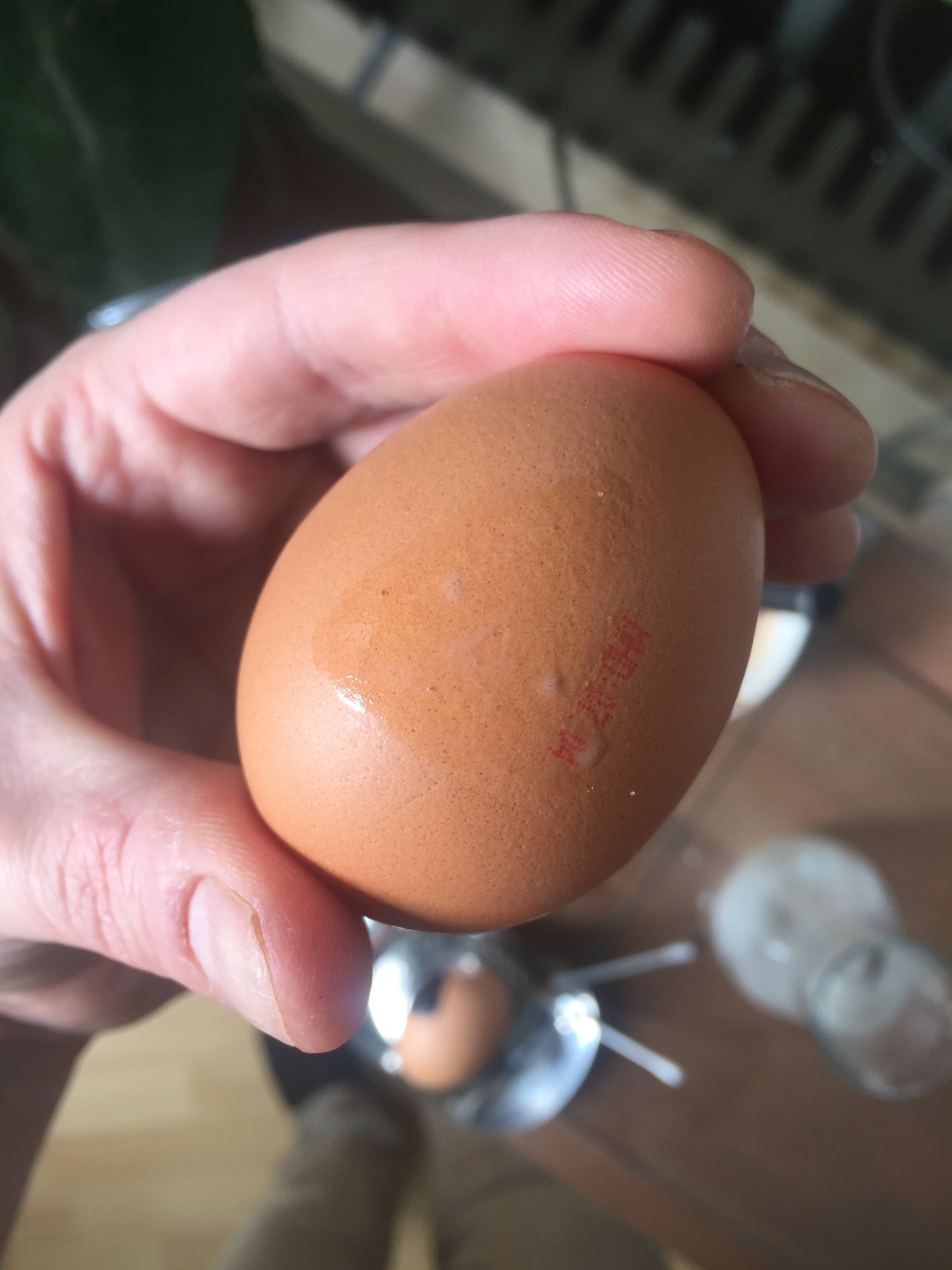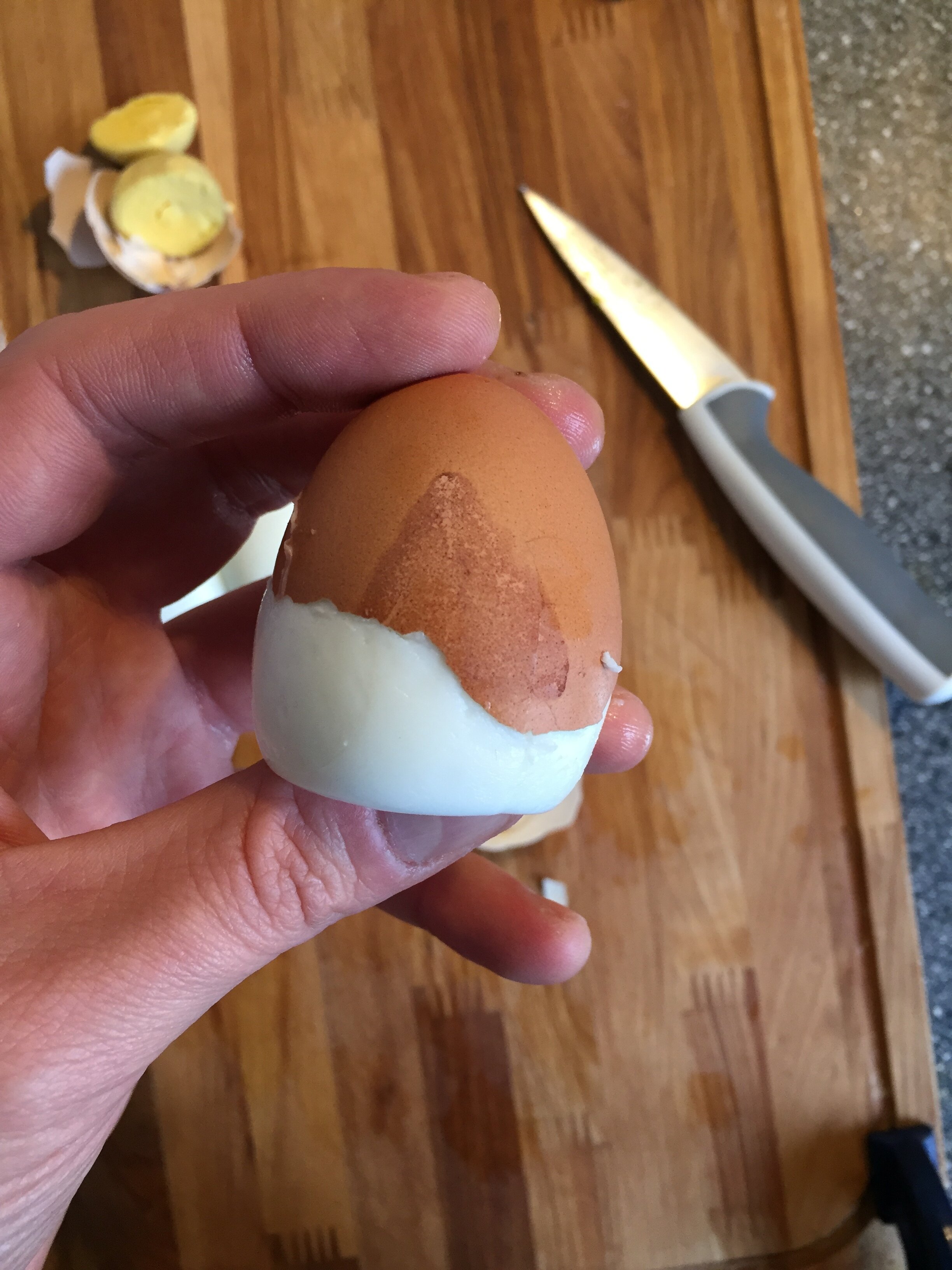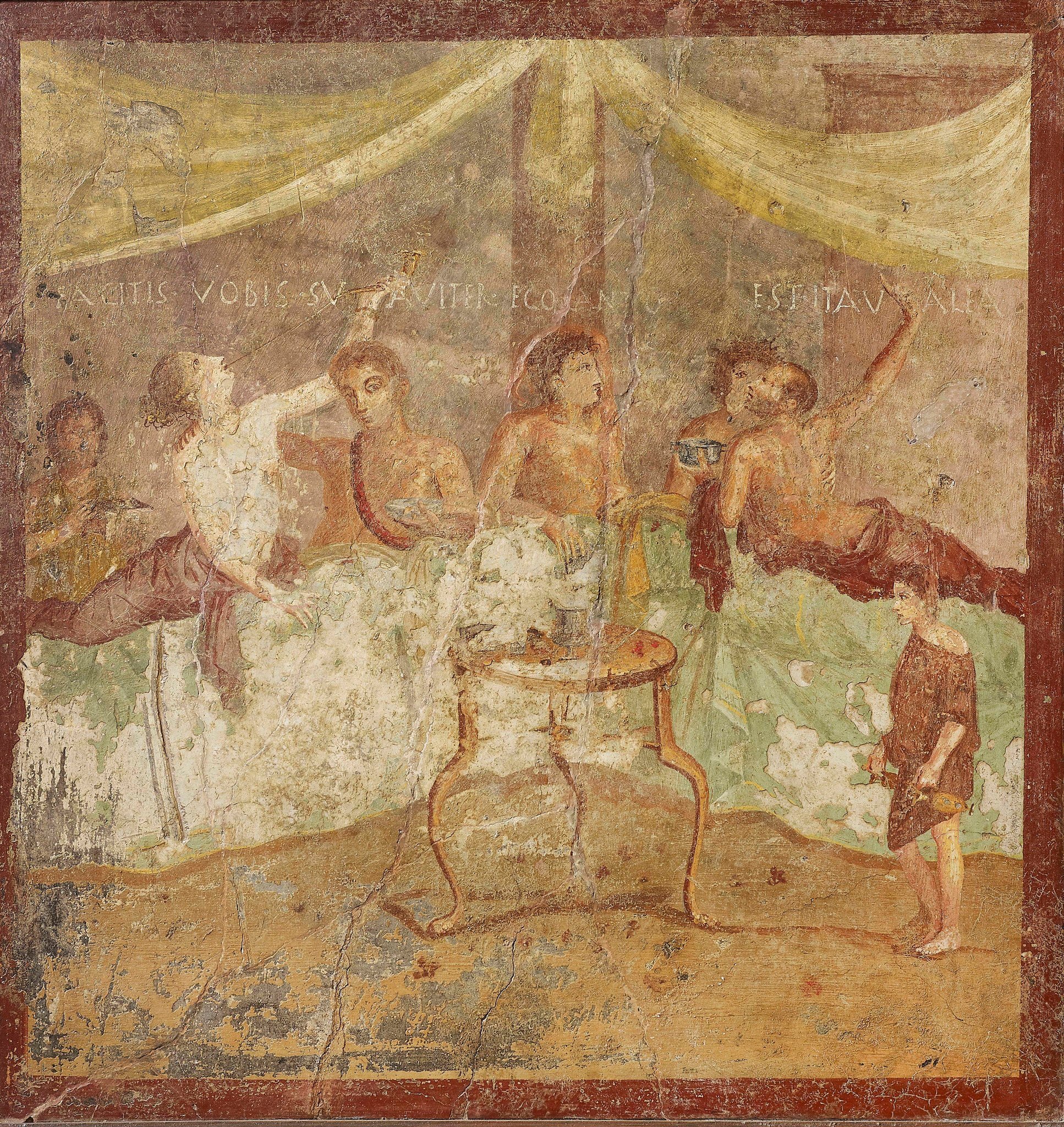Some late antique aromatherapies for after a New Year’s celebration.
The text below on perfume ingredients comes from a treatise found in an 18th century manuscript at Athens: ms. no. 1494 , fol. 46–52. The treatise is called “On the Capacities of Foods” (Περὶ τροφῶν δυνάμεως), a title it shares with a work by Galen, Symeon Seth, and with sections from the compilers Oribasius, Aetius of Amida and Paul of Aegina. The contents, however, as Delatte points out (Anecdota atheniensia, 466–467), have little in common with the work of Galen or anyone else from the Greek or Latin tradition. It must be fairly late, since many of the ingredients listed below—musk, ambergris, camphor and clove—do not show up in Greek medical texts until very late in antiquity or the early middle ages (Donkin 1999, 2).
On Perfumes
Musk is hot and dry in nature. It is suitable for those who have a moist and cold mixture. It disperses every headache produced from phlegm. It is also beneficial for weakness of the heart, heartache and frailty. It is not suitable for those who have a hot mixture.
Amber [i.e., ambergris*] is hot by nature and strengthens the head. It pleases the heart and the stomach.
Camphor is moist and cold. It is beneficial for hot ailments of the head and the rest of the body. If someone drinks of it more than one should it produces sleeplessness. And it cools the kidneys, diminishes semen and generates incurable ailments in the parts of the body.
Sandalwood is cold and dry. It is beneficial for hot ailments of the liver and strengthens it, and it cools its hot bad-mixture.
Aloewood is hot and dry. It is also beneficial for weakness of the head and the stomach, especially when it is quite cool, and for the blockage of the stomach, also when it is quite cool, and for blockage of the liver and the rest of the parts of the body when they occur because of coolness and moisture.
Saffron is cold and dry. It is not good for the stomach and causes pain and heaviness in the head and causes sleep; but, it pleases the heart.
Clove leaf is hot and dry. They strengthen the stomach and the heart.
Walnuts** are hot and dry. The have the capacity and activity of clove leaf.
Rose perfume is also moist. It stops headache from heat or from drinking too much wine, and both strengthens the heart and is good for frailty.
*ἄμπαρ (amber) is the name for the waxy substance found washed up on beaches, which we recognize to be a secretion from the bile duct of sperm whales. ἤλεκτρον (electron) is the name of the fossilized resin we call amber (also often found on beaches).
**The name “κάρυα βασιλικά” normally refers to walnuts, but this is probably not the correct identification in this case given: (1) the description of them as ‘hot and dry’ (neither walnuts, κάρυα βασιλικά, nor hazelnuts, κάρυα ποντικὰ ἢ λεπτοκάρυα, are normally listed as hot); and (2) the previous entry is καρυόφυλλον, which everyone I’ve consulted believes is “clove leaf.” My guess is it’s a confusion for κάρυα ἀρωματικά or κάρυα μυριστικά, which are likely some other aromatic nut or nut-like spice (e.g. nutmeg or clove).
Περὶ μύρων.
Μόσχος θερμὸς καὶ ξηρός ἐστι τὴν φύσιν· ἁρμόζει δὲ τοῖς ἔχουσι κρᾶσιν ὑγρὰν καὶ ψυχράν. διαλύει δὲ πᾶσαν ὀδύνην κεφαλῆς γινομένην ἀπὸ φλέγματος. ὠφελεῖ δὲ καὶ εἰς τὴν ἀδυναμίαν τῆς καρδίας καὶ τὸν καρδιωγμὸν καὶ ὀλιγωρίαν. οὐχ ἁρμόζει δὲ τοῖς ἔχουσι τὴν κρᾶσιν θερμήν.
ἄμπαρ ἐστὶ θερμὸν φύσει καὶ ἐνδυναμοῖ τὸν ἐγκέφαλον· τὴν καρδίαν καὶ τὸν στόμαχον εὐφραίνει.
καμφορὰ ὑγρὰ καὶ ψυχρά ἐστιν· ὠφελεῖ εἰς τὰ θερμὰ νοσήματα τῆς κεφαλῆς καὶ τοῦ λοιποῦ σώματος· εἰ δέ τις πίῃ ἐξ αὐτῆς πλέον τοῦ δέοντος ποιεῖ ἀγρυπνίαν. καὶ ψύχει τοὺς νεφροὺς ἐλαττοῖ τε τὴν γονὴν καὶ τίκτει εἰς τὰ μόρια νοσήματα ἀθεράπευτα.
σάνταλόν ἐστι ψυχρὸν καὶ ξηρόν· ὠφελεῖ εἰς τὰ θερμὰ νοσήματα τοῦ ἥπατος καὶ ἐνδυναμοῖ αὐτὸ καὶ ψύχει τὴν θερμὴν δυσκρασίαν αὐτοῦ.
ξυλαλόη ὑπάρχει θερμὴ καὶ ξηρά· καὶ ὠφελεῖ εἰς τὴν ἀδυναμίαν τῆς κεφαλῆς καὶ τοῦ στομάχου καὶ τὴν πολλὴν αὐτοῦ ψῦξιν εἴς τε τὴν ἔμφραξιν στομάχου καὶ τὴν πολλὴν αὐτοῦ ψῦξιν εἴς τε τὴν ἔμφραξιν τοῦ ἥπατος καὶ τῶν λοιπῶν μορίων τὴν ἐκ ψυχρότητος καὶ ὑγρότητος γινομένην.
κρόκος ὑπάρχει ψυχρὸς καὶ ξηρός· ἀδικεῖ τὸν στόμαχον καὶ ποιεῖ ὀδύνην καὶ βάρος εἰς τὴν κεφαλὴν καὶ ὕπνον· εὐφραίνει δὲ τὴν καρδίαν.
καρυόφυλλον ὑπάρχει θερμὸν καὶ ξηρόν· ἐνδυναμοῖ τὸν στόμαχον καὶ τὴν καρδίαν.
κάρυα βασιλικά εἰσι θερμὰ καὶ ξηρά· ἔχουσι δὲ δύναμιν καὶ ἐνέργειαν τὴν τοῦ καρυοφύλλου.
ῥοδόσταγμα ψυχρὸν ὑπάρχει καὶ ὑγρόν· παύει τὸν ἐκ θέρμης πόνον κεφαλῆς ἢ ἀπὸ πολυποσίας οἴνου ἐνδυναμοῖ τε τὴν καρδίαν καὶ ὠφελεῖ εἰς τὴν ὀλιγωρίαν.
Anonymous, On the Capacities of Foods printed in Delatte, Anecdota atheniensia, p. 475–476





















